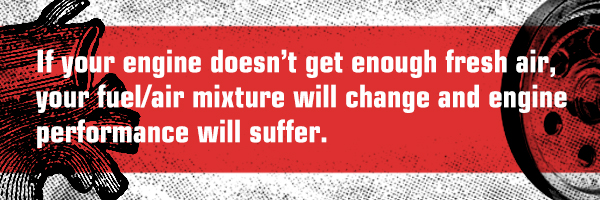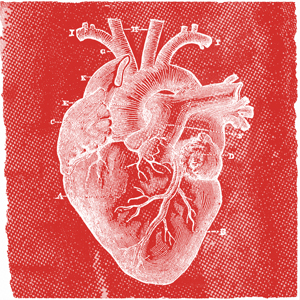What would cause a valve to stick?
November 16, 2018
You gasp and wheeze, start to waiver, and feel faint. What is happening?!
What’s happening is that you’re an engine and your heart and lungs aren’t getting enough air to operate effectively.
But you do have a heart and lungs, and that will help you understand an engine’s induction system. Here’s how:
- You breathe air into your lungs to oxygenate your blood just like intake valves allow air into the combustion chambers so it can mix with fuel.
- Exhaust valves allow residual gas from the chamber to escape, making room for more air. This is like exhaling.
- The valves in your heart keep blood flowing in the right direction and they keep your heart functioning at peak performance. Intake valves let air in from the intake and exhaust valves let air out. It keeps the air flowing in the right direction.
What happens when valves aren’t pulling and pushing out air?
Valves are controlled by the camshaft. Much like your heart expands and contracts to push blood through your body, the camshaft provides the lift that opens valves in sync with the piston strokes. A spring then quickly returns them to their seated position in order to seal the combustion chamber.
The actual distance a valve travels might be minuscule to the naked eye, but your engine (just like your heart) requires precision. A valve that sticks or doesn’t seat properly can allow air and gas to escape. Even thousandths of an inch can affect engine performance.
What causes stuck valves?
(Engine) anatomy break
Engines used to be designed with the fuel injectors in the intake. Meaning, the fuel sprayed the backs of the intake valves with each injection. This was great for those valves, because every time the crankshaft in your engine completed a revolution cycle, your valves were getting a nice bath. To put that in perspective, if your engine was running at 2,000 RPMs (or revolutions per minute), your valves were getting 2,000 nice little baths every minute.
Now, however, modern engines have the injector built inside the combustion chamber. This is great for fuel efficiency and power, but not so great for keeping your intake valves clean. Over time, these valves start to accumulate deposits. After all, they’ve stopped bathing 2,000 times every minute, it was bound to happen.
Eventually, deposits coat the valves and clog the intake. Less air makes it to the combustion chamber (remember the gasping and wheezing?) You’ll definitely start to notice poor engine performance. Think of it like calcium buildup in your heart valves. As you age, the buildup causes your valves to narrow, reducing blood flow and weakening your heart muscle.
How to avoid having stuck valves?
Fortunately, a valve cleaning procedure isn’t as high risk as open heart surgery. By the time you need a heart valve repaired, you’ve got a real problem. A fuel service that removes carbon deposits from valves is a maintenance thing, much like exercise or watching your diet to keep your heart healthy.
When done in accordance with your shop’s recommended maintenance schedule, fuel services help to keep engine performance up and repair costs down.
Be good to your car, and it will be good to you.
Your trusted advisor in automotive maintenance,
Tommy
By Tommy Garcia
BG Technical Sales Engineer
Tommy has 20 years of experience in industrial maintenance. He is a hot rod enthusiast and lover of all things automotive. Before his role as BG Tommy Garcia, is a Technical Sales Engineer for International Trade Operations at BG Products, Inc. Tommy has 20 years of experience in industrial maintenance. He is a hot rod enthusiast and lover of all things automotive. Before serving in his current role at BG, he was the Shop Foreman for the BG Proving Ground.




